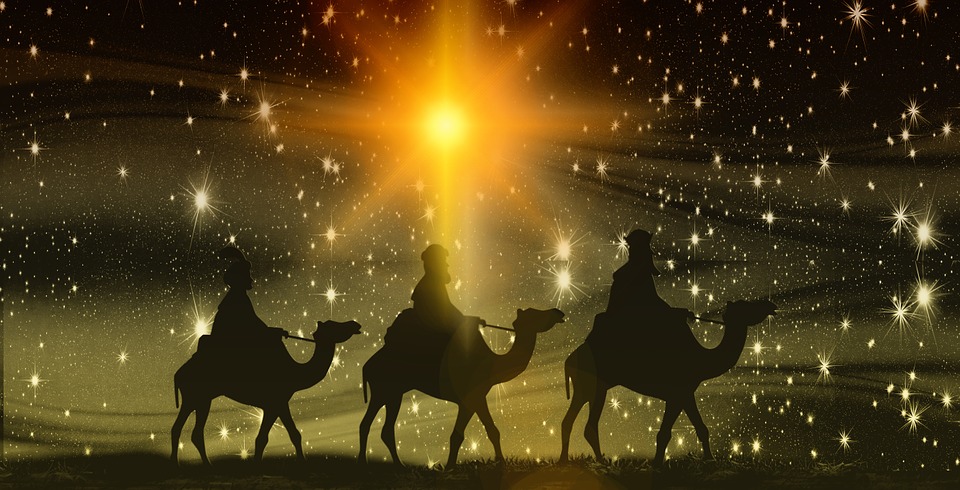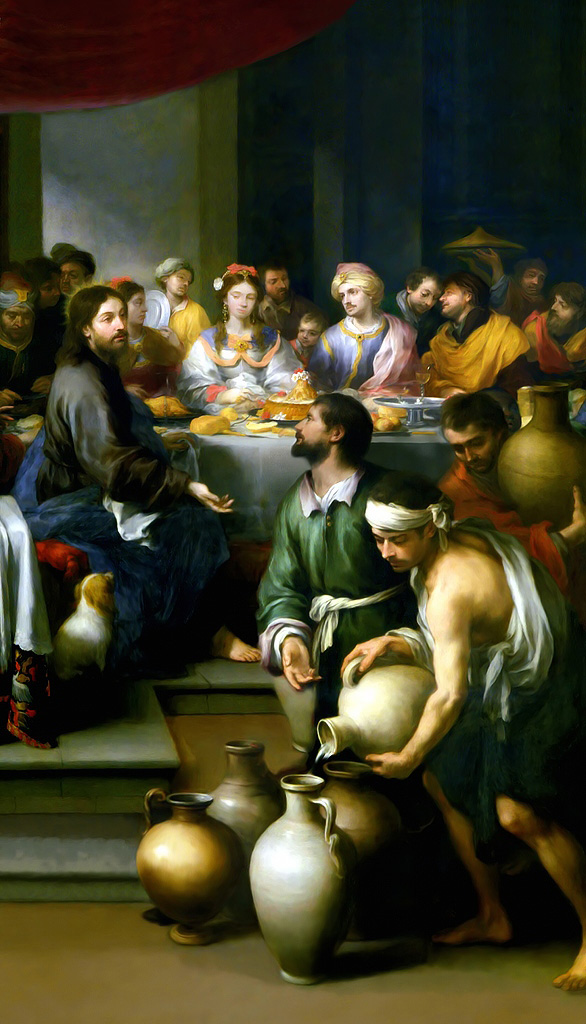“Epiphany” means the appearance or manifestation of a god, and it is during this season that the Church celebrates the manifestation of Christ to the world and the revealing of Jesus as God. In this study, we are going to work through the hymn Songs of Thankfulness and Praise and study those great stories of the Epiphany set forth in the hymn: Visitation of the Magi (Matt. 2:1-12), Baptism of Jesus (Matt. 3), Wedding at Cana (John 2:1-12), Healings and Exorcisms (Mark 2, 3, 5), and The Transfiguration (Mark 9). As background for the study, I am reading Kenneth Bailey’s Jesus through Middle Eastern Eyes, Pope Benedict XVI’s The Infancy Narratives, Rev. Ayman Kfouf’s The Holy Feast of the Theophany, D.A. Carson’s Commentary on the New Testament Use of the Old Testament and Marcus Borg’s Reading the Bible Again for the First Time. This Epiphany Study is for five weeks.
(Epiphany 2015, 2024)
Readings in Epiphany
Within this story, we remember and celebrate the first manifestation of Christ to the Gentiles (the Magi). This fulfills the promise that all the nations, not just Israel, will be blessed through him.
In Advent, the Church looks both backward to the Nativity and forward to the Second Coming, and this dual perspective is shown in the Magi and their worship of Jesus.
In this disclosure of Jesus’ divinity, the Baptism harkens back to the Story of Creation in Genesis 1 and the story of Deliverance in Exodus 14.
The question, however, is why does Jesus need to be baptized? Why would Jesus need to repent and be ritually cleansed?
John is telling us that the world in the Resurrection is like a wedding feast where only the best wine is served and it never runs out. This is the opening scene of Jesus’ ministry in John and the theme of the remainder of his gospel.
In those jars, we have the Eucharistic wine that purifies the world of its sins. “Behold the Lamb of God who takes away the sins of the world.” John 1:29. Jesus is the good wine.
In Mark, Jesus is the one that does battle on our behalf against the spiritual hosts of wickedness to free us from this present evil age. Mark is apocalyptic. Jesus is the challenge to the dominion of evil.
In Mark, the problem in the human condition is that we are overcome by those things that seek to pull us into non-existence (i.e. sin). Jesus’s mission is to restore us to the fullness of our creation. His mission is to eliminate and overcome those defects in spirit and body.
The Transfiguration shows us Jesus’ metamorphosis from an itinerant preacher and healer in Galilee into the fullness of his purpose and being as the Messianic Son of God to be crucified in Jerusalem as the ransom for many.
The word Mark uses for “transfiguration” is metamorphoses, the title of Ovid’s poem. In Mark’s use of this term, like his use of the word “gospel” to open his work, he wants us to see that Jesus is Lord and God, not Ceasar.




